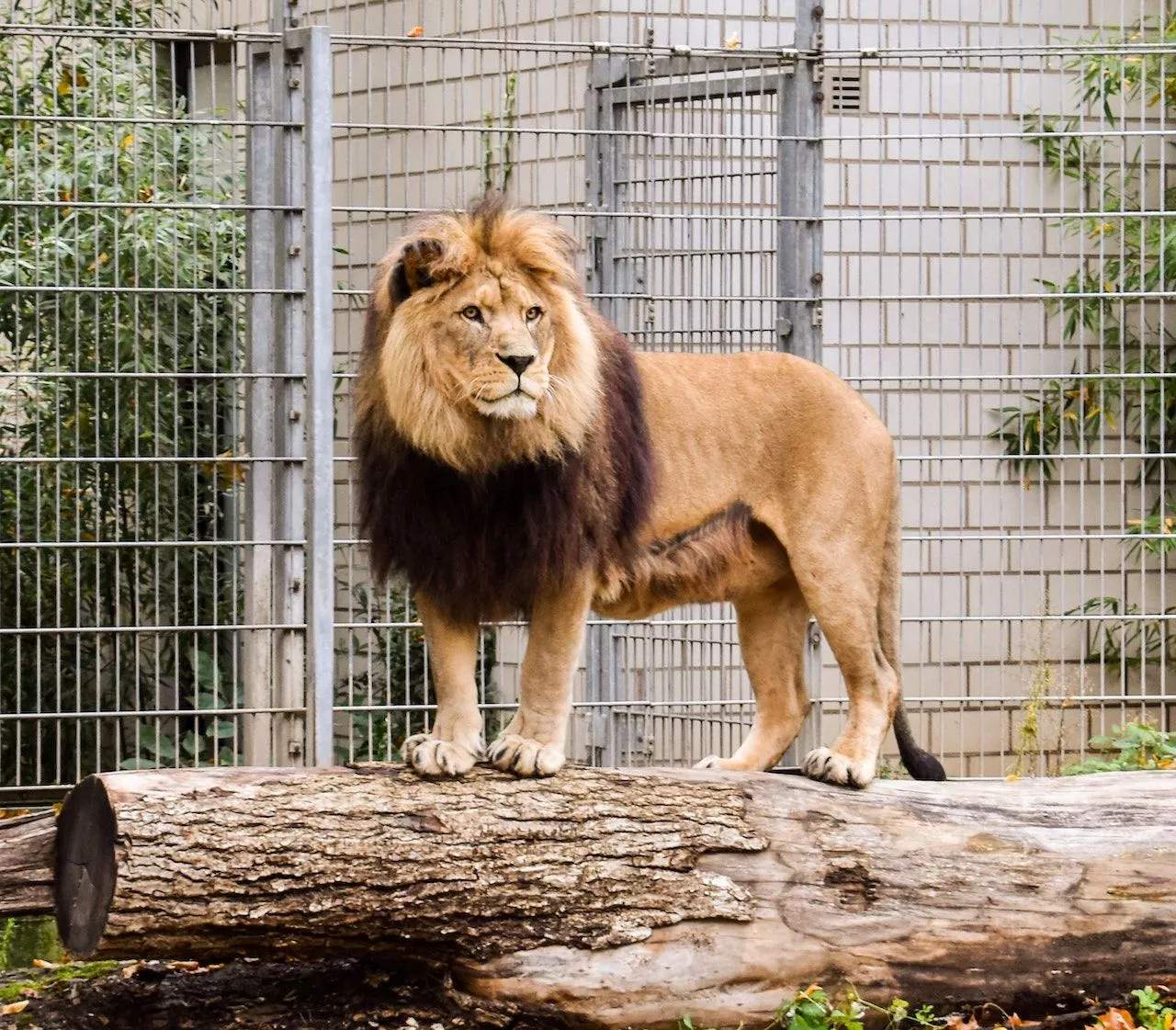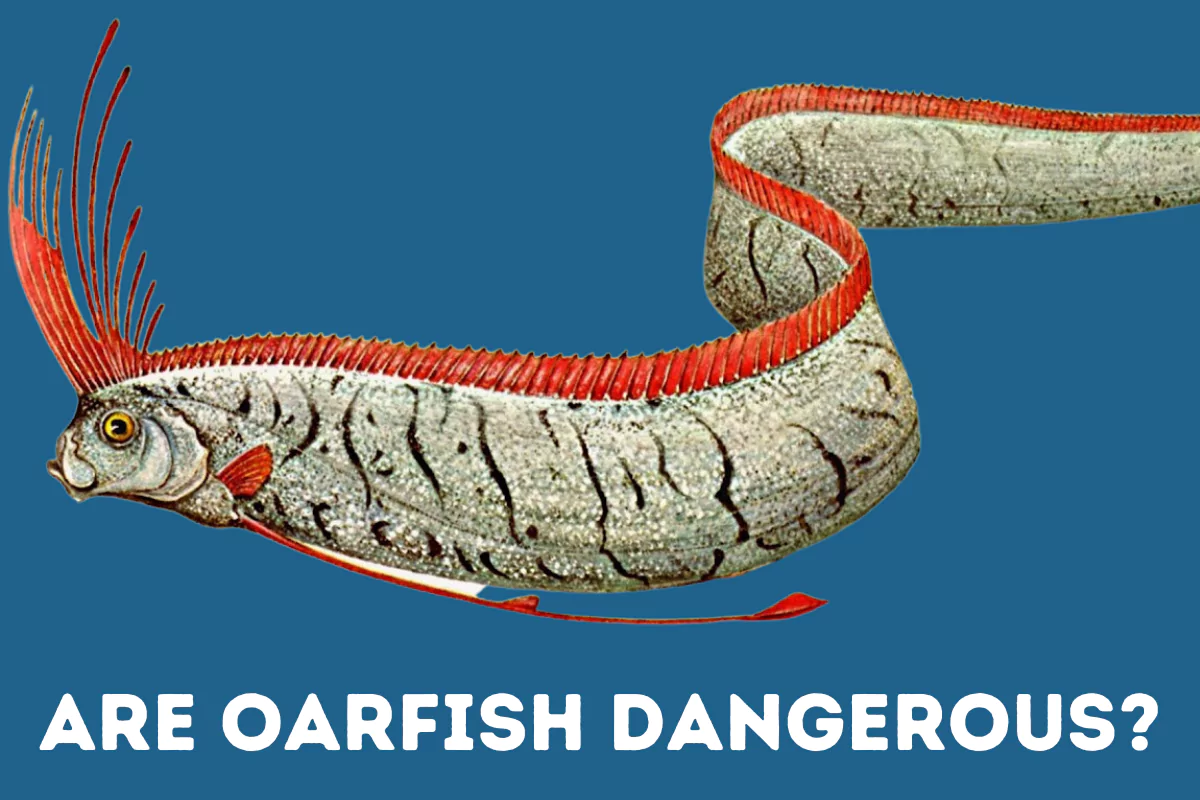Donkeys are humble and hardworking animals of the equine family and have been a key part of human civilization for thousands of years. Known for their stubbornness and loyalty, these fascinating creatures have played an important role in transportation, agriculture, and even warfare.
But what about their vision? Do they perceive colors the same way we do, or is there something different about how they see the world around them? In this article, we will explore the topic of the donkey’s vision and answer the burning question, ‘are donkeys colorblind’?.
What Is Colorblindness?
Colorblindness is a condition that affects someone from distinguishing between certain colors, particularly red and green. For humans, it occurs when the cells in the retina responsible for detecting color fail to do so and is mainly caused by a genetic mutation. So the person’s photoreceptor cells in their eyes affect how they respond to light.
Are Donkeys Colorblind?
Despite their often-misunderstood nature, donkeys have a great association with the human race and have a rich history across the globe. From ancient Egypt, where they were revered as sacred creatures, to modern-day America, where they serve as beloved companions on farms and ranches, donkeys have left an indelible mark on human culture.
Have you ever wondered if donkeys are colorblind?
It’s one of the common questions among animal enthusiasts and those who own these lovable creatures. While it may seem trivial to some of us, understanding how donkeys see the world can provide valuable insight into their behavior and needs.
Contrary to the popular misunderstanding, donkeys are not colorblind. Some say they have better vision than humans due to their huge equine eyes. However, using this argument, we cannot imply that they can see all colors.
Donkeys, like all equines, are naturally dichromatic (they only have two-color vision) as opposed to humans’ trichromatic vision (three-color vision). You can now understand why horses, similar creatures like donkeys, can readily see some colors (like blue and green) but have difficulty recognizing red.
Humans have the ability to see and identify most colors because of their trichromatic vision, whereas donkeys, on the other hand, can only distinguish between colors in two wavelength areas. However, donkeys can perceive things differently than us; they can see all around them without turning their heads.

What Are The Donkey’s Blind Spots?
Because of the design of their eyes, donkeys can see all around them without needing to rotate their head. But they have two blind spots; one is right next to them, and the other is directly behind them. Therefore, the best way to approach a donkey is from its side so that it can see you coming.
If you approach a donkey or a horse from behind, know that you risk being kicked and wounded because they cannot see you immediately behind them and treat you as a potential threat.
A donkey’s range of vision is almost 180° from each eye. Leaving the two blind spots, they have a range of vision of 340° compared to a human’s forty-five-degree vision range. They can see and have visual acuity in front of them until we reach the area near their muzzle, where they can’t see. Because they have an eye on each side, donkeys have a monocular vision.
(Monocular vision refers to seeing with only one eye, whereas binocular vision refers to seeing simultaneously with both eyes at a single object).
Also Read: Are Giraffes Related to Horses?
Can Donkeys See Red?
Donkeys (and other equines) are not actually color-blind but do have very poor color vision. No cell in their eye can trigger and identify certain colors, especially red ones. So for a donkey, red would merely look like a blue-green shade somewhere.
Donkeys can see some hues of yellow and blue being the greatest, while red being the worst. They can easily identify blue, green, and yellow from grey but not red. Donkeys can still sense red objects, but they may look like an intermediate color or even grey to their vision.

Can Donkeys See Green?
Color vision is vital to an animal’s perception as it helps them identify food sources, predators, and even potential mates. Humans have three types of color receptors in their eyes that allow us to see the full spectrum of colors. But dichromatic animals- can perceive only two or three primary colors.
Whereas horses, on the other hand, have trouble distinguishing between red and green like humans when they suffer from colorblindness.
What Colors Can Horses See?
Knowing how horses see as we ride and train them can be helpful. With their enormous eyes, they see things differently than we do. Although they have a keen vision and can see things well, it does not mean they can see all colors.
Horses are known to decipher colors like yellow, blue, and green easily, but they will have a hard time recognizing tints of red. Also, they find it difficult to separate them from other colors like grey. Horses like blue color, fear yellow and despise bright fluorescent orange and yellow.
In general, while human vision is ideal at 20/20, horses’ eyesight appears to be in the range of 20/30 to 20/60. Also, humans can see details from 35 feet, but horses must get close to them. Because of this, horses cannot distinguish small details in the same way that people do. They need to get 60% closer to observe the items better.








